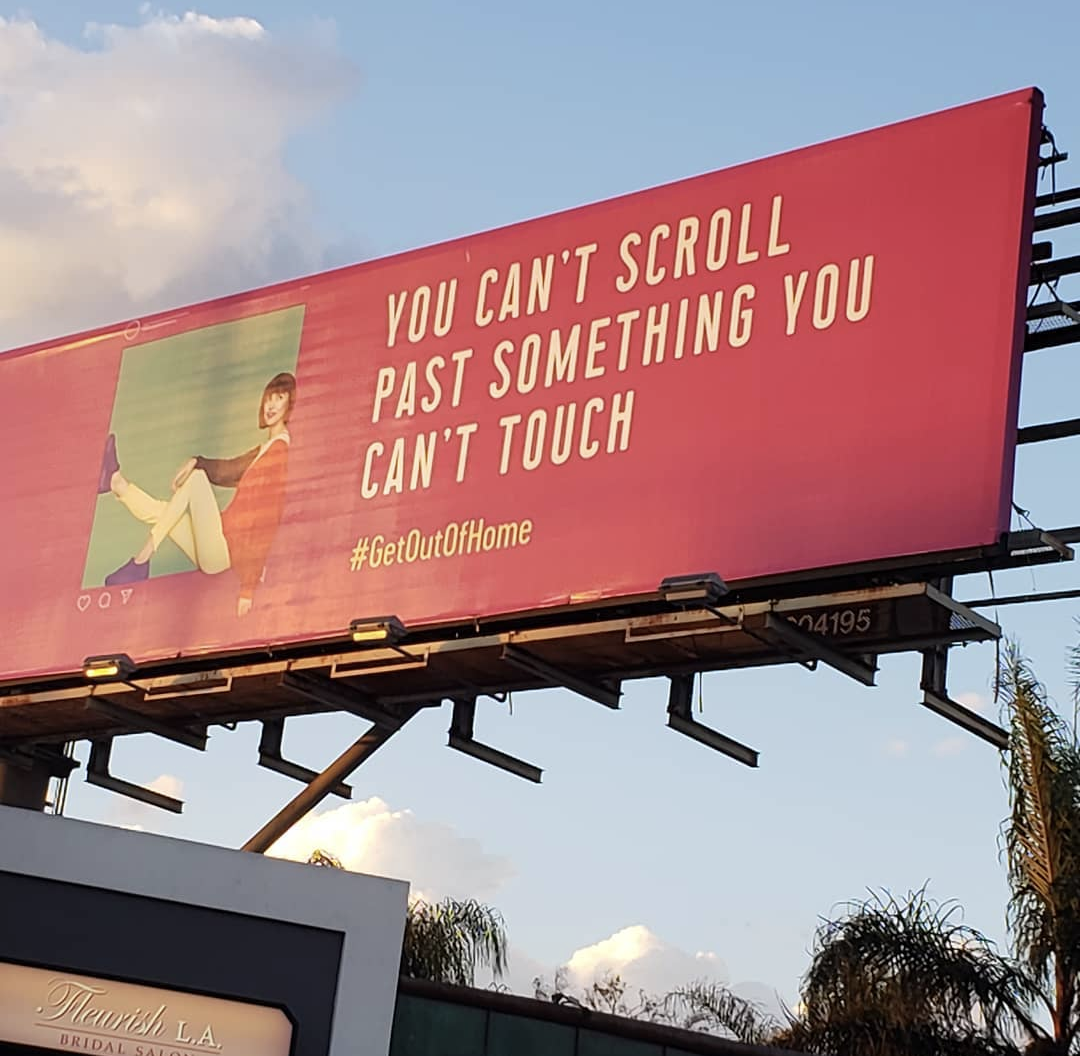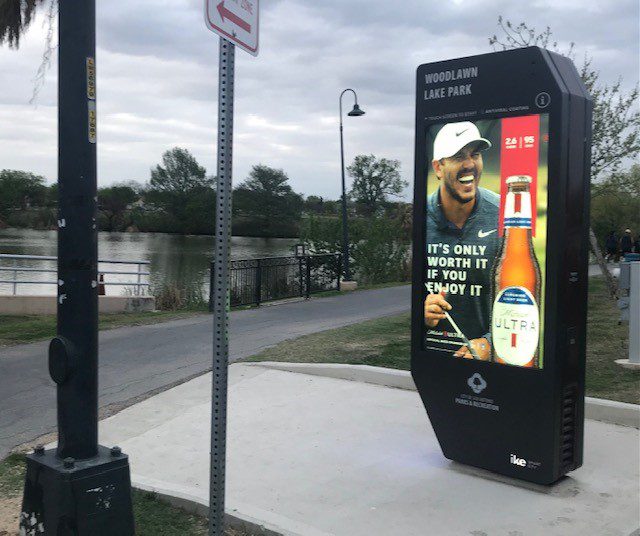Compensating for Sign Removal
When a billboard must be removed (or simply moved) for a highway project, its owner often seeks compensation far in excess of the worth of the billboard structure itself, creating a significant cost for taxpayers.
Amortization
Through a policy tool called amortization, local officials can allow a sign to remain in place for a set length of time before it is removed. It can continue to generate revenue during the amortization period. Once it is removed, the sign or materials can be used or reused in other locations where signs are legally permitted.
When Congress passed the Highway Beautification Act in 1965, amortization was recognized as an available method of providing billboard companies with just compensation for billboard removal, and it continues to be a federally constitutional method of compensation today. In addition, amortization for billboard removal is still permitted in many places at the state or local level.

However, in 1978, due to intense pressure from the billboard industry, Congress amended the HBA to mandate cash as the only legal payment for billboard removal along HBA-regulated highways. This congressional mandate prohibits cities, states, and other governmental entities from using amortization as a legal method of billboard removal for signs erected along HBA-regulated highways. After Congress acted for the billboard companies, many state legislatures extended this cash payment to non-HBA-regulated roads.
Under current compensation laws, states pay billboard companies fees to recover the use and enjoyment of their own publicly owned roads when a billboard is removed. Plus, when billboards must be removed for highway projects, depending on the states’ eminent domain and evidentiary laws, owners often seek and receive compensation for lost future revenues far beyond the cost of the sign structure itself. This practice unjustly enriches billboard companies and effectively eliminates cash payments as an affordable option in most states, counties, and municipalities.
We believe that taxpayers should be able to control what their publicly funded highways look like, and that means that people should be able to remove signs that clutter their views, threaten their safety, and devalue their communities.
Ultimately, the dollar amount of compensation for a removed sign is a matter of state law, and lawmakers have the power and responsibility to ensure that just compensation remains fair and equitable, not only to the landowner and sign company involved but also to the taxpayers who foot the bill.

Related News
-
 About the Billboard IndustryGet the facts about the billboard business.
About the Billboard IndustryGet the facts about the billboard business. -
 Billboard Facts by StateLearn about advertising standards in your state.
Billboard Facts by StateLearn about advertising standards in your state. -
 Safety, Economic & Environmental ConcernsExplore our growing body of research supporting concerns with the impact of billboards.
Safety, Economic & Environmental ConcernsExplore our growing body of research supporting concerns with the impact of billboards. -
 Billboard ToolkitRead our advice and tips for tackling signage issues in your community.
Billboard ToolkitRead our advice and tips for tackling signage issues in your community.